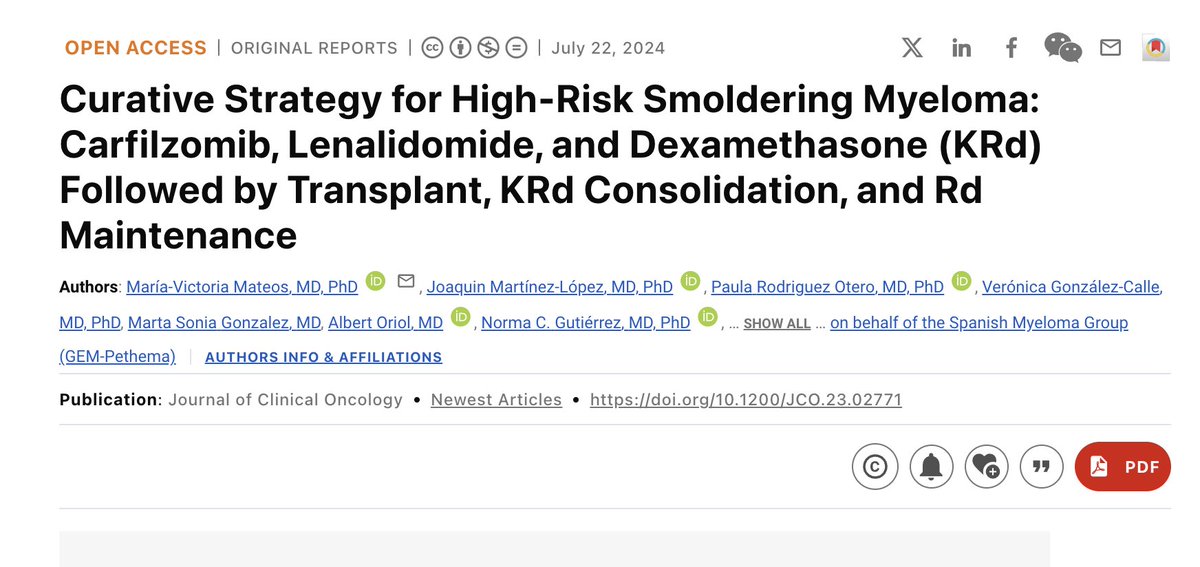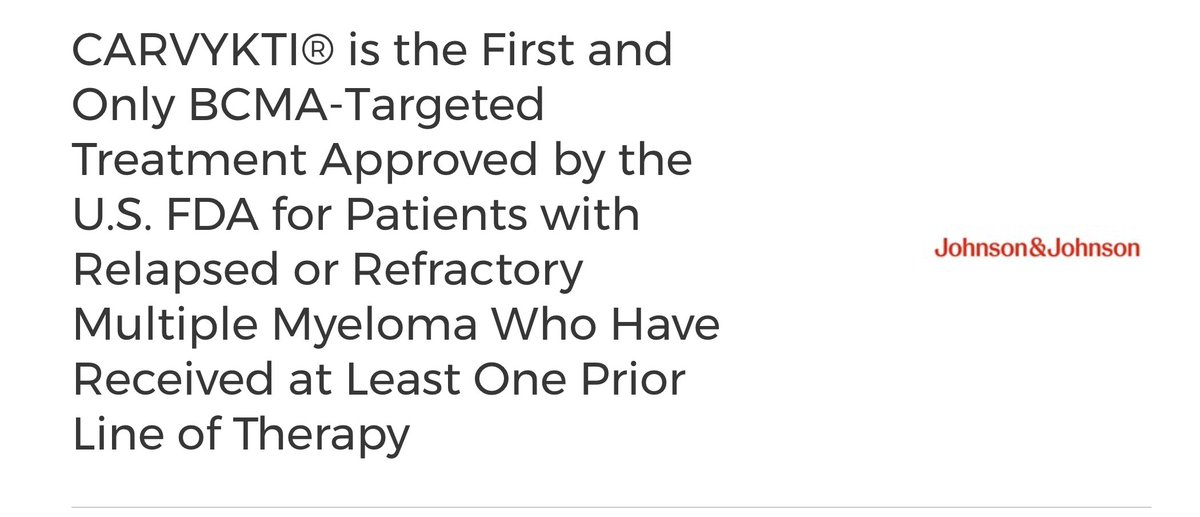I loved all the best of #ASH21 threads this year, but in this thread I highlight 5 deeply flawed marketing advertisements (studies) that should not change practice.
#mmsm 🧵
#mmsm 🧵
I will start by saying that it is very hard to criticize studies without offending people, so I apologize sincerely and it is my intention only to call out what I perceive as flawed. I may be wrong, and many of these authors have done more than I ever will for myeloma
1:
bit.ly/3GTkXGt
We had chance to universally give dara upon progression to control arm in newly diagnosed MM in 3 different trials. But we didn’t. And now we shouldn’t just create a modeled scenario with so many assumptions and say it’s better to give dara up front
bit.ly/3GTkXGt
We had chance to universally give dara upon progression to control arm in newly diagnosed MM in 3 different trials. But we didn’t. And now we shouldn’t just create a modeled scenario with so many assumptions and say it’s better to give dara up front

2:
ash.confex.com/ash/2021/webpr…
As a me-too drug offers little advantages over dara, isatuximab could have ran 3 vs 3 trials, or done modeling comparing vs dara with same backbone. But here we get a comparison of dara/len/dex versus isa/carf/dex. Fundamentally diff studies/patients
ash.confex.com/ash/2021/webpr…
As a me-too drug offers little advantages over dara, isatuximab could have ran 3 vs 3 trials, or done modeling comparing vs dara with same backbone. But here we get a comparison of dara/len/dex versus isa/carf/dex. Fundamentally diff studies/patients

3: ash.confex.com/ash/2021/webpr…
Breaks my heart. You compare people that were fit enough and had better biology to stay on Selinexor for longer to people who couldn’t stay on it for longer. Beyond marketing, what is the scientific value of such an inherently flawed analysis?
Breaks my heart. You compare people that were fit enough and had better biology to stay on Selinexor for longer to people who couldn’t stay on it for longer. Beyond marketing, what is the scientific value of such an inherently flawed analysis?

Study 4:
Cilta-cel is great (for patients with biology stable enough to wait to get therapy).
We don’t need flawed comparisons with patients from different areas of the world, many of whom are getting doublets to know that. What is the value, beyond marketing- of such a study?
Cilta-cel is great (for patients with biology stable enough to wait to get therapy).
We don’t need flawed comparisons with patients from different areas of the world, many of whom are getting doublets to know that. What is the value, beyond marketing- of such a study?

Study 5:
ash.confex.com/ash/2021/webpr…
No subgroup analysis can salvage a study with a fundamentally unethical control arm.I see efforts made to highlight unique role of seli in del 17p- but remember- it’s compared to doublet that nobody uses, and it’s likely all statistical noise.
ash.confex.com/ash/2021/webpr…
No subgroup analysis can salvage a study with a fundamentally unethical control arm.I see efforts made to highlight unique role of seli in del 17p- but remember- it’s compared to doublet that nobody uses, and it’s likely all statistical noise.

Again- no offense intended. Not many talk about flaws with such analysis, and I hope we can talk frankly about these issues.
Thank you!
@HadidiSamer @Abdallah81MD @DrPaulyDeSantis @HenryJOncology @Abdallah81MD @VPrasadMDMPH
Thank you!
@HadidiSamer @Abdallah81MD @DrPaulyDeSantis @HenryJOncology @Abdallah81MD @VPrasadMDMPH
• • •
Missing some Tweet in this thread? You can try to
force a refresh















